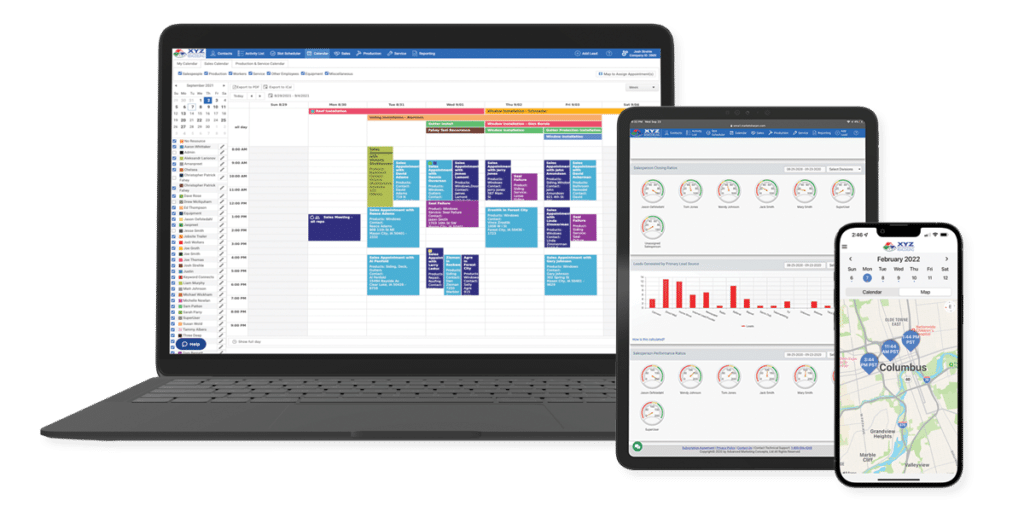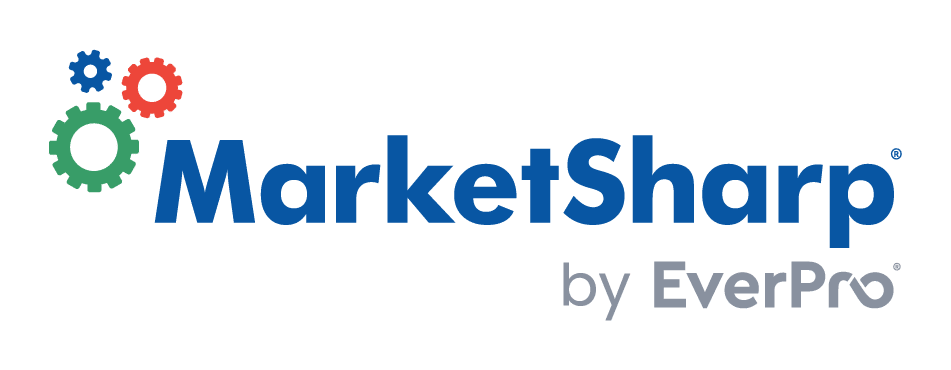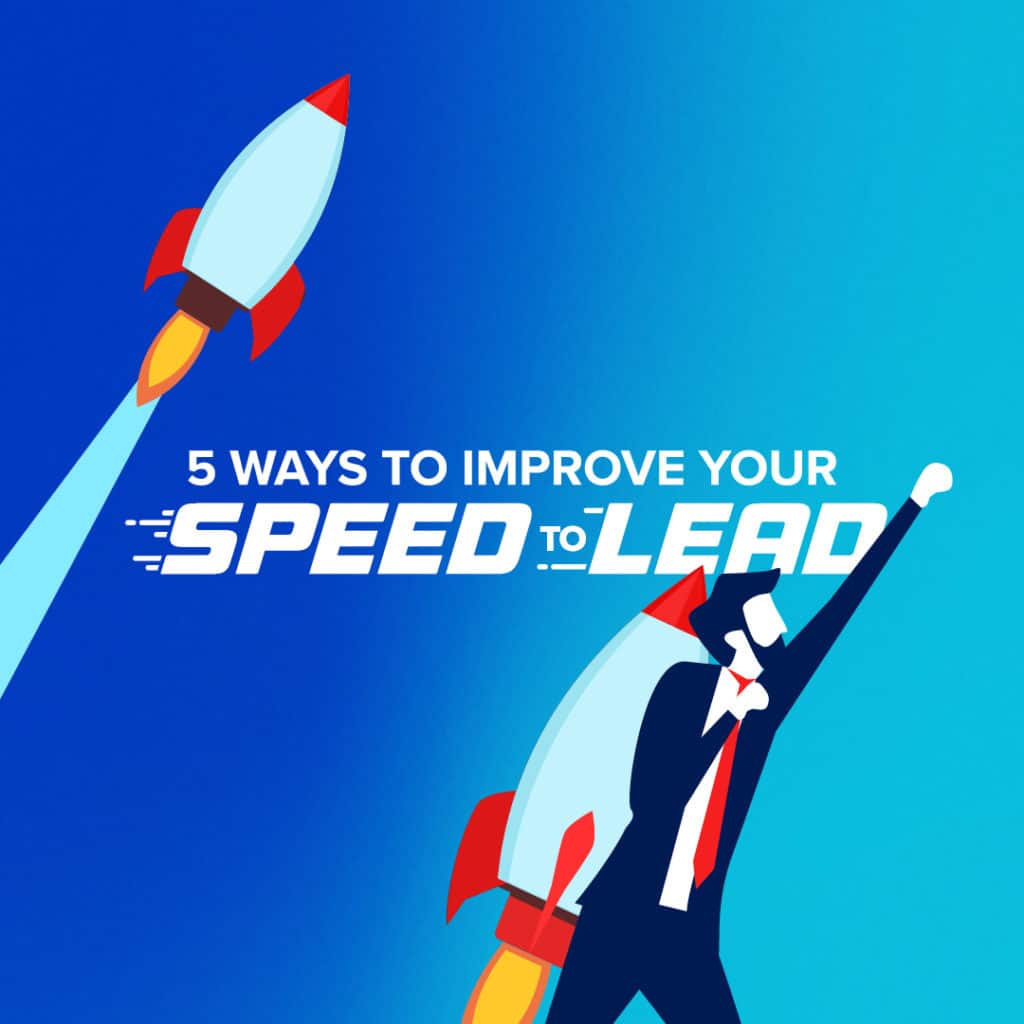What is Speed to Lead?
Speed to lead is the average amount of time it takes for your team to follow up with an inbound lead after they initiate contact with your business. The second a lead comes in through a web form, the clock starts ticking.
Efficient speed to lead is a critical skill for your business in the digital age. A few decades back, you didn’t need to worry about it. Leads came directly to you. Either by walking into your business or calling you directly. The internet changed that, and while it can broaden our connection with customers, it can also act as a barrier. Most leads now find your company online and convert by filling out forms.
Why Does Speed to Lead Matter?
- 78% of customers buy from the first business that responds to them.
- It’s 21x more effective to call a lead within 5 minutes than after 30 minutes.
- Calling a prospect within the first hour is 7x more likely to convert.
You’re likely not the only business they contacted through a form, and beating the other guy to follow up with that lead makes a huge difference in your ability to land the sale. Currently, 78% of customers buy from the first business that responds to them. You do not want to be second, let alone third, to connect with a buying-motivated prospect. But speed to lead matters even when you are the first business to reach a prospect. The Harvard Business Review has found it’s 21x more effective to call a lead within 5 minutes than calling after 30 minutes, and companies who call prospects within the first hour are 7x more likely to convert.
A Survey of 433 Found Poor Response Times
- Just 7% responded within 5 minutes to leads.
- 55% took 5+ days to respond or didn’t respond at all.
- Improving speed to lead is a huge competitive advantage.
While quickly following up with leads should be a no-brainer, many businesses suffer from a slow speed to lead—if they even follow up at all. A survey of 433 companies found that just 7% of the businesses responded within 5 minutes, while 55% took five or more days to respond or didn’t respond. So, the conclusion is pretty simple. If being first to respond sharply improves your conversion rate, and most businesses are terrible at connecting with leads, improving your speed to lead will give your business a substantial competitive advantage.
We’re going to go through 5 steps you can take to improve your speed to lead. Each tip will be specific to web leads. Regarding call-in leads, the advice is pretty simple: answer the phone consistently during business hours and get an answering service for after-hours calls.
Okay. Let’s get started.
The 5 Steps for Speed to Lead
1.) Optimize Landing Pages to Convert Leads
- Make your website and landing page conversion-ready
- Include Web Forms to capture leads
- CTA buttons that motivate conversion
The foundation of speed to lead is ensuring you have a website and landing pages that generate new prospects. That means equipping them with web forms and CTA buttons that motivate conversions. When a prospect visits your website or landing page, they should never be left wondering, “now what?” Your copy and imagery should drive them to complete a form that automatically adds them to your CRM software for follow-up.
2.) Cut Your Company’s Response Time Down
- Designate a tester on your team
- Complete web forms and measure response time
- Run test every three months (or more frequent)
- Enlist friends or family to help for a wider testing pool
- Correct slow responses / Reward prompt responses
Now that you know how vital response times are, it’s time to test. Rather than guess your business’s response times, find out for sure. You can do this by replicating the mystery-shopper method that retail stores use to measure store performance. Designate someone on your team as the tester and have them fill out web forms from across your website and landing pages. Your sales team should not know this is happening, and your tester should time how long it takes to get a response. Create a specific cadence for testing, like every three months or even more frequently if you prefer. If you wait too long to test, staff turnover will lead to a new batch of sales reps who have never been trained on proper response times. You can even enlist your friends or family members to help test, giving you a larger pool of data to analyze. Lastly, this shouldn’t just be a way to catch “bad behavior.” Make sure you reward sales staff who respond promptly to test leads.
3.) Route Leads Automatically to Reps WIthin Your CRM
CRM Workflow for Lead Capture
- Lead completes a web form
- Lead info automatically synced into CRM
- Lead added to Rep’s follow-up cadence
- CRM notifies Rep of new lead via text & email
After adding web forms to your website and landing page, configure your CRM software to sync their information into your system automatically. Your software should allow you to create workflows where sales reps are immediately notified that a new lead has been made. In a CRM like MarketSharp, your reps will be sent an email and text notification about the lead. This starts the clock for your rep so that they can reach out to new prospects as quickly as possible.
4.) Follow-Up With Leads Through Multiple Channels
- Reach out through phone, email, and text.
- Even a 20% answer rate to phone calls makes a difference
- Text is becoming an essential communication channel
- Automate new lead follow-up emails through your CRM
Once a lead comes into your system, and your rep is notified, you should have workflows in place to follow up with the prospect via phone, email, and text. For starters, create an automated follow-up email in your CRM that automatically sends to all new leads when they are entered into the system. This ensures that no matter what time of day, they get a response from your business. Second, train your team to use the texting functionality in your CRM software. Text messages are quickly becoming the preferred communication tool between customers and companies. For many leads—especially younger demographics—text is how they want to be contacted. And with two-way texting in your CRM, you’ll have a complete log of all contact between your rep and the lead. Finally, have your rep call the lead directly. I understand that fewer people want phone calls, but for the 20% of customers that answer, you get a personal 1-on-1 interaction and a great shot at landing the sale.
5.) Add Live Chat and Chatbots to Your Website
- Not all leads want to speak with a Rep
- Chat reaches leads not ready to fill out a form
- Live chat with a 3rd party agent is preferred over an A.I. chatbot
- Select a live chat vendor that integrates with your CRM
Not all leads come through a source where your reps can directly contact them. Some prospects want to “kick the tires” on your business first by visiting your website. Chat functionality is a great way to create a “safety net” to engage with them. You can add a live chat feature—typically managed by an agent from a 3rd-party vendor—or a chatbot to your website. However, live chat means a real person can connect with your leads rather than depending on A.I. functionality. Don’t forget to look for a live chat vendor who integrates with your CRM software. That way, potential leads are synced into your system for follow-up by your team.
Bonus Tip: Speak to Leads Skillfully
- Speed matters but isn’t everything
- Train Reps to speak skillfully to leads
- 1st contact is selling the value of your company
- The goal isn’t always to sell but move the lead closer to a sale
As we’ve already discussed, speed is essential to sales. However, that doesn’t mean converting a prospect is a guarantee. Most leads have one primary question when first contacted: “How much is this going to cost me?” If your sales reps aren’t trained to speak skillfully to that question and confidently explain your business, you’ll lose a chunk of those sales. Your reps should have regular training to learn how to sell the value of your business rather than always trying to convert on the first call. The first contact with a lead is an excellent opportunity to build your relationship, answer their questions, and move them further through your sales pipeline.
Learn More About MarketSharp
The all-in-one, software solution for home service professionals looking to automate their business with industry-specific workflows and end-to-end tools, with easy-to-use features and out-of-the-box value.



